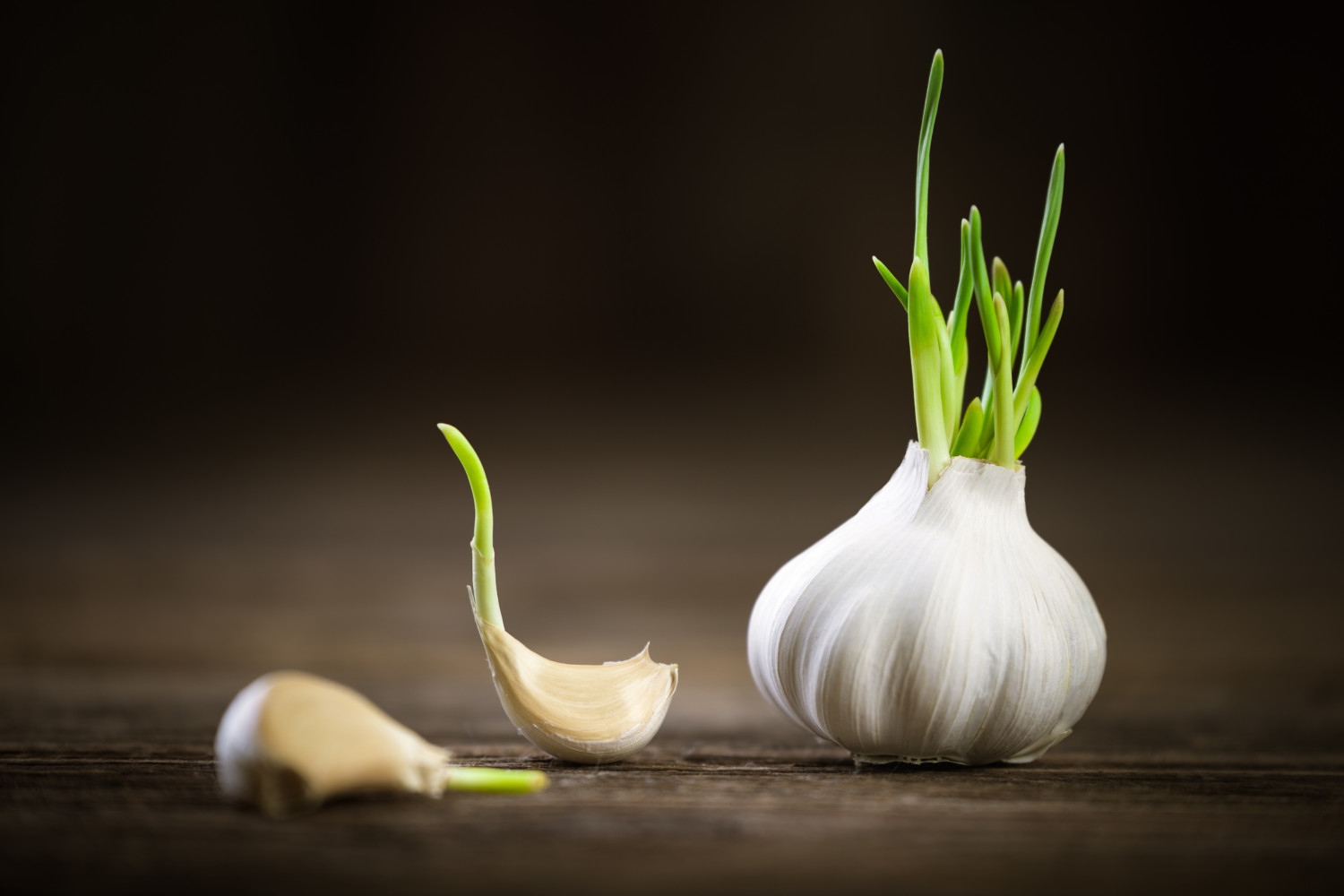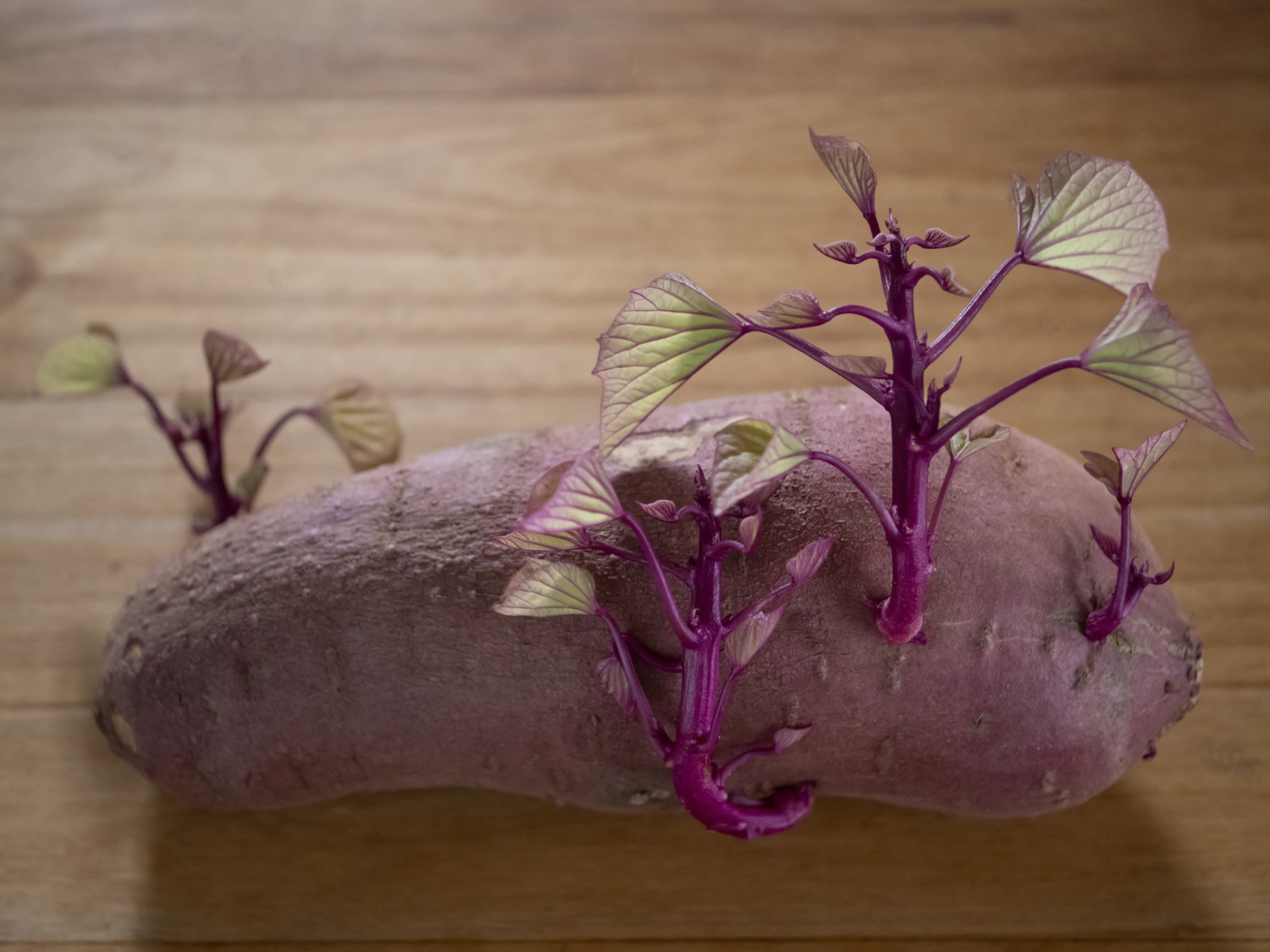According to a survey by the U.S. Bureau of Labor Statistics, the average American household spends more than $830 per year on fruit and vegetables. We also dispose of more than 38 million tons of food waste.
One way to cut down your grocery bill and decrease the amount of food you toss in the trash is to use the scraps to grow fresh produce. It turns out that some cuttings, ends and past-their-prime pieces will actually sprout anew!
Root Vegetables
While you cannot grow new carrots or other root veggies from scraps, you can use the leftover tops to produce more green, leafy tops. These greens are not only edible, but they are also tasty and nutritious.
Cut the tops from carrots or other root vegetables, such as beets, turnips or radishes, leaving about an inch of the root. Insert toothpicks on both sides of the scrap so that you can balance it on a small glass. Fill the glass with water so that it is just touching the bottom of the cut veggie. Set it in a window that doesn’t get direct sunlight and add water as needed.
Head-Form Leafy Greens
Enjoy endless leafy green vegetables — such as lettuce, cabbage, celery and bok choy — with little more than scraps, water and sunlight. You’ll need the bottom or base of the stalk where the roots would be, at least one inch high. Place this in about a half-inch of water in a dish or bowl (you can use toothpicks to stabilize it, if necessary). Set it in full sun and replace the water daily until the leaves regrow. Cut off leaves as needed and allow it to keep regrowing.

Pineapple
Use the leafy top of a store-bought pineapple to cultivate your own pineapple plant. Cut the top about a half-inch below the leaves and remove several of the lowest leaves. Trim the outer portion of the bottom of the crown until small, brown, bumpy root buds are visible around the perimeter. Let the pineapple top dry for several days before planting it in a pot using quality potting soil. Then, be patient. Although a lovely flowering plant could begin to grow within weeks, it might be two to three years before you have a fresh pineapple.
Garlic
A single leftover clove is all you need to start your own, personal garlic plant. (Organic garlic is best, as some store-bought garlic is chemically treated to prevent sprouting.) Leave the clove, skin on, in the fridge for about two weeks until it begins to sprout. Plant the clove in 4 to 6 inches of soil and tend to it for three to four months, until the plant is fully grown.

Onions
Both green onions and bulb onions will regrow from scraps in the right conditions. Save the bottom third of a scallion (green onion). Put it in a glass filled halfway with water in a sunny window. Replace the water every few days and snip off the green stalks as needed.
For bulb onions, cut off the lower third of the bulb where the roots grow. Let it dry out until the cut surface begins to curl or shrivel. Plant this about an inch deep in potting soil and place it in a sunny window. You can cut the shoots that grow out of the soil to use like scallions or transplant it into a larger pot as it regrows a full-size onion.
Sweet Potato
If you find a forgotten tuber in the back of your pantry and it’s started sprouting, don’t toss it; plant it! Twist the sprouts carefully off of the sweet potato and lay each one in a shallow bowl. Submerge the bottom of the stem in water (replacing the water periodically) and let the leaves hang over the rim until it grows roots. When the roots are about an inch long, plant each slip in a 4- to 5-inch-deep hole in loose soil with the roots down. Water regularly and wait until your taters are ready for harvest, which usually takes three to four months.

By growing fruits and veggies from scraps you might otherwise discard, you can eat healthily, save money and learn more about gardening while you’re at it.
This story originally appeared on Simplemost. Checkout Simplemost for additional stories.


